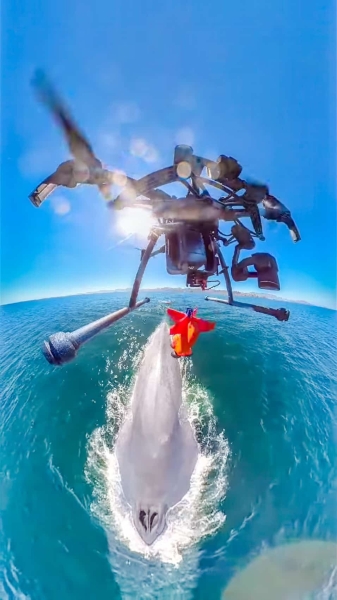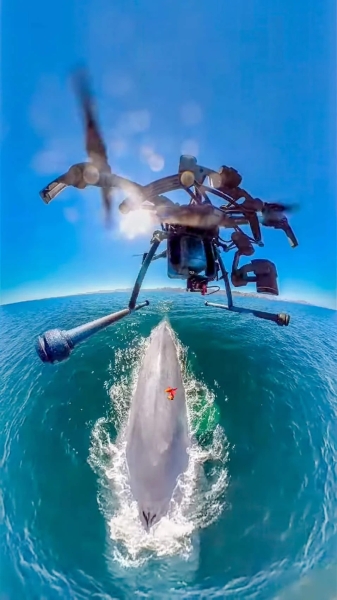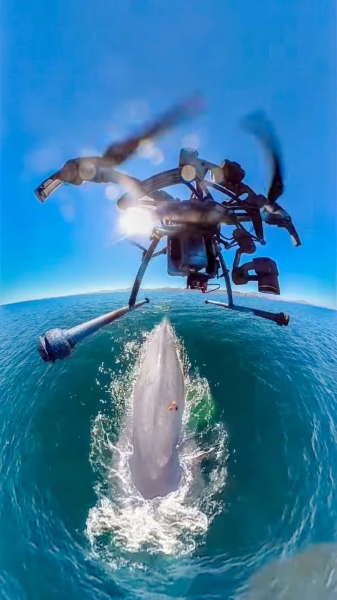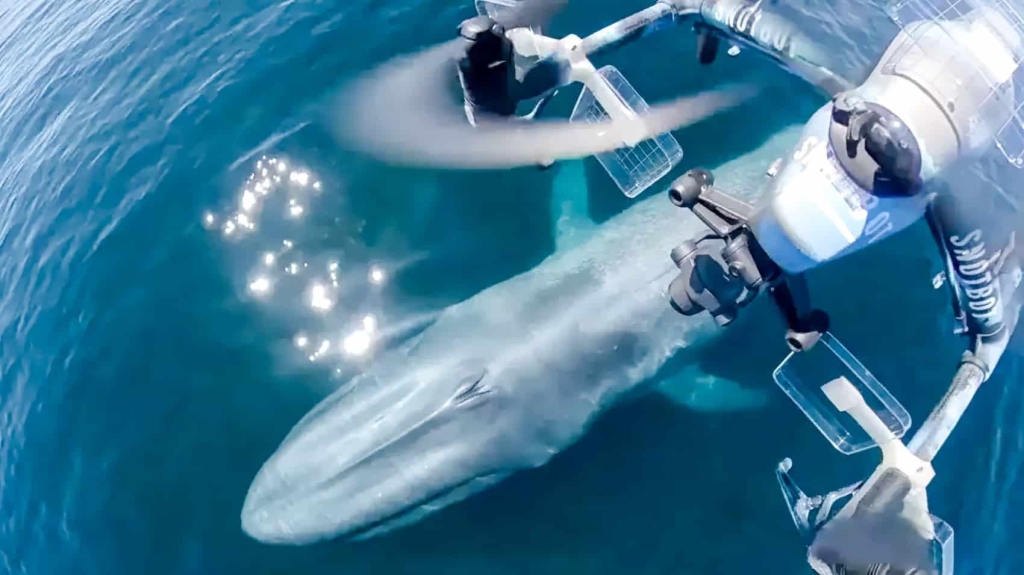
Skyrover S1 Drones Now 15% Off With Amazon Coupon Plus DroneXL Discount Code
Flying drones are transforming the way researchers study whales. The change began with a strange and uncomfortable moment in the Gulf of Mexico, as the Smithsonian Mag let us know.
In 2010, after the Deepwater Horizon disaster, whale scientist Iain Kerr traveled to the region to study the impact on sperm whales. His plan was simple. Approach the whales by boat and collect tiny tissue samples using special darts. But every time his boat got close, the whales dove. Kerr said it felt like he was playing Whac-A-Mole in the middle of the ocean. Hours went by without success.
Then the moment happened. A whale surfaced right in front of him, exhaled, and blasted a huge cloud of snot into the air. Kerr was completely covered. It was messy and unpleasant, but it sparked a clever idea. If whales throw so much material into the air, maybe a drone could collect it from above.
After years of experiments, the SnotBot was born. It is a DJI Inspire 2 drone equipped with six petri dishes that fly over a whale as it surfaces. The drone passes through the mist from the blowhole and collects samples without disturbing the animal. That mist contains DNA, hormones, bacteria, seawater, and even signals about pregnancy. It is a gold mine for scientists.
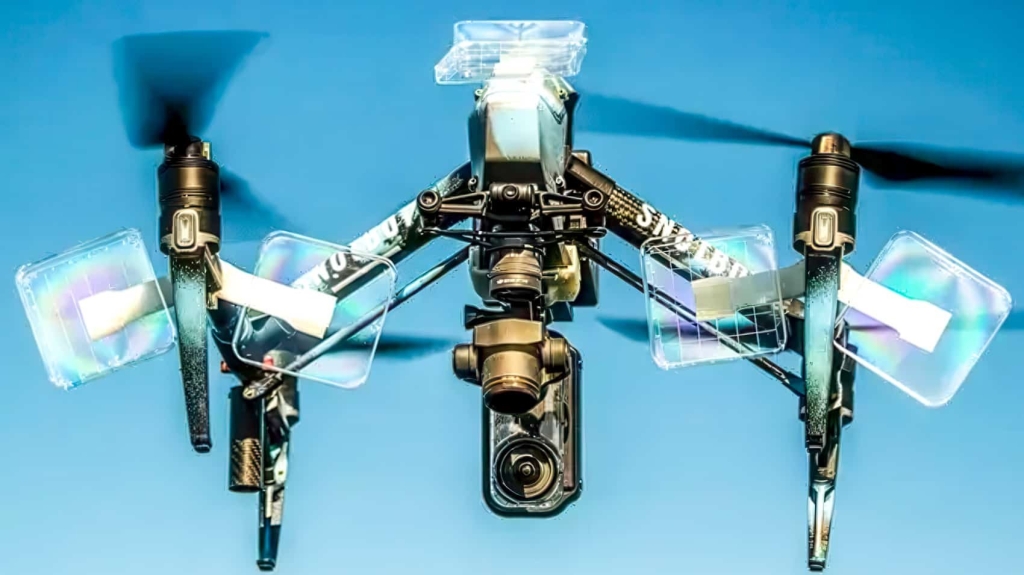
Today, SnotBots are used around the world. They collect samples from blue whales, humpback whales, sperm whales, and even dolphins. Kerr says drones have changed his life. Many other researchers agree. The simple idea of collecting breath from above has opened a new chapter in marine science.
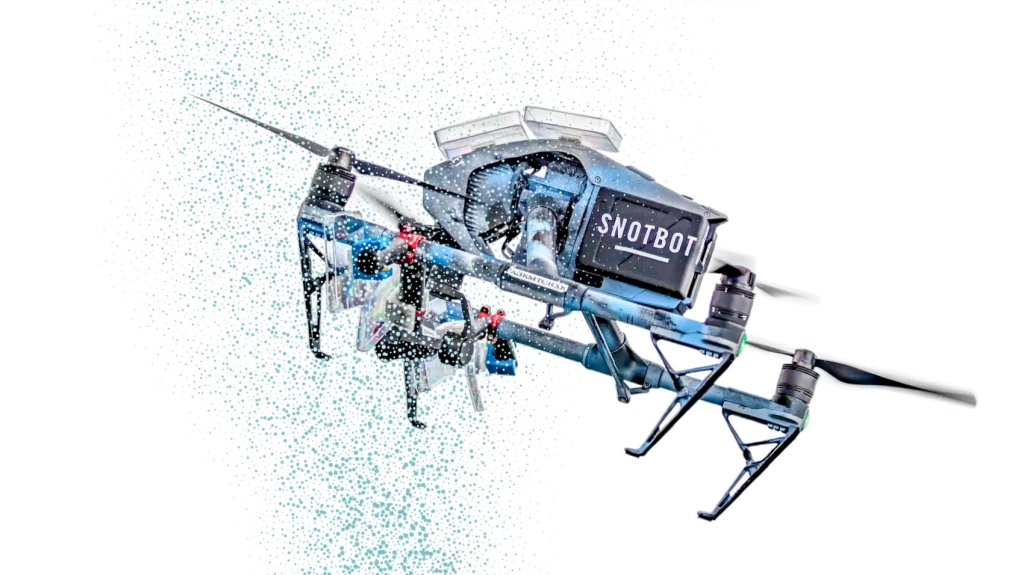
The New View From Above
Drones have become smaller, cheaper, and much easier to use. Marine biologists have adopted them at a fast pace. Joshua Stewart from Oregon State University says drones now help in almost every part of whale research. They reduce the need to drive boats close to whales. This means less stress for the animals and a safer work environment for scientists.
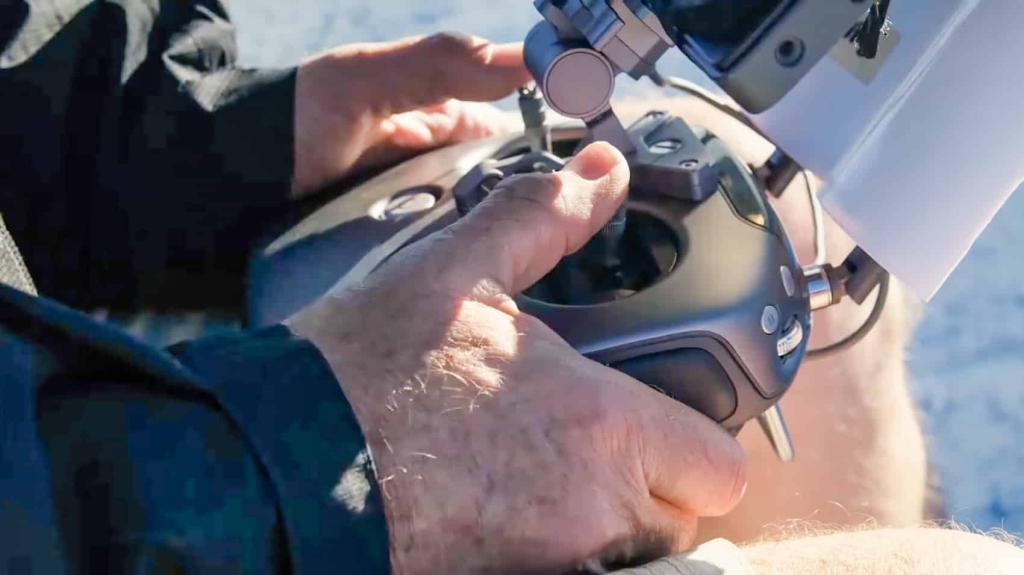
Drones are also replacing traditional aircraft. In the past, scientists relied on airplanes or helicopters to study whale populations. Aircraft flights are expensive and require a full crew. A drone can do similar work with one or two people. The overhead angle is far more useful than the view from a boat. Researchers can measure length, check body condition, and identify animals by scars or skin patterns.
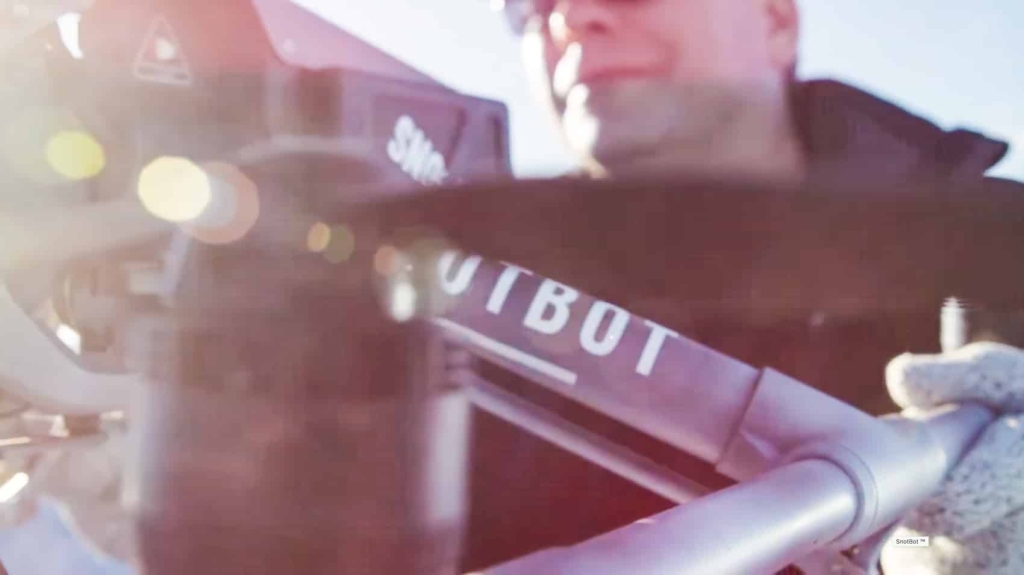
Another major use is tagging. Researchers need to attach suction cup tags that record movement and behavior. Before drones, this required getting close with long poles or using air rifles. Now a drone can hover above the whale and drop the tag gently onto its back. In some cases, the drone can even press the tag into place. This reduces risk and allows researchers to tag more whales in less time.
New Behaviors Never Seen Before
The aerial perspective is revealing behavior that scientists never had the chance to observe. Kerr says he has seen more new behavior in the last several years of drone research than in the previous three decades.
One of the most surprising discoveries came from killer whales off Washington state. Researchers filmed nine hours of drone footage from above. They noticed the whales playing with kelp. At first it looked like simple fun, but the footage showed something more. The whales used the kelp to groom each other by rolling long strands across their bodies. This looked like tool use, something rarely documented in marine mammals. Without drones, researchers would have missed it completely.
Drones do have limits. Many small units can only fly for about 45 minutes. Rules in many countries require drones to stay within the operator’s line of sight unless special approval is given. Still, researchers are pushing ahead.
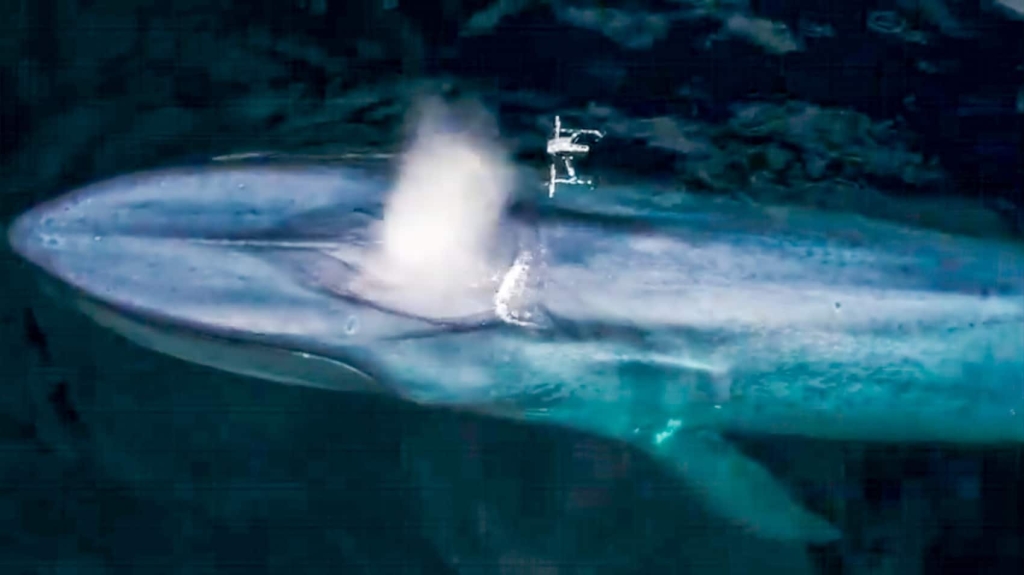
Kerr and his team are developing drones that can help free whales caught in fishing nets. The drone drops a small cutting tool onto the ropes. As the whale swims, the tool slices through the net. It could make rescues much safer and faster.
Nobody knows how drone based whale research will evolve. Technology moves fast, and new ideas appear every year. But one thing is clear. The sky is becoming one of the most important places to study the ocean.
DroneXL’s Take
Drones give scientists a new level of access to whales. What began with a cloud of snot has turned into a global method for collecting data and discovering behavior. As flight times grow and rules adapt, drones will take on even bigger roles in marine science. It is another reminder that small flying cameras are reshaping fields far beyond the drone community and helping make the oceans a safer place for this beautiful animals.
Photo credit: Ocean Alliance

